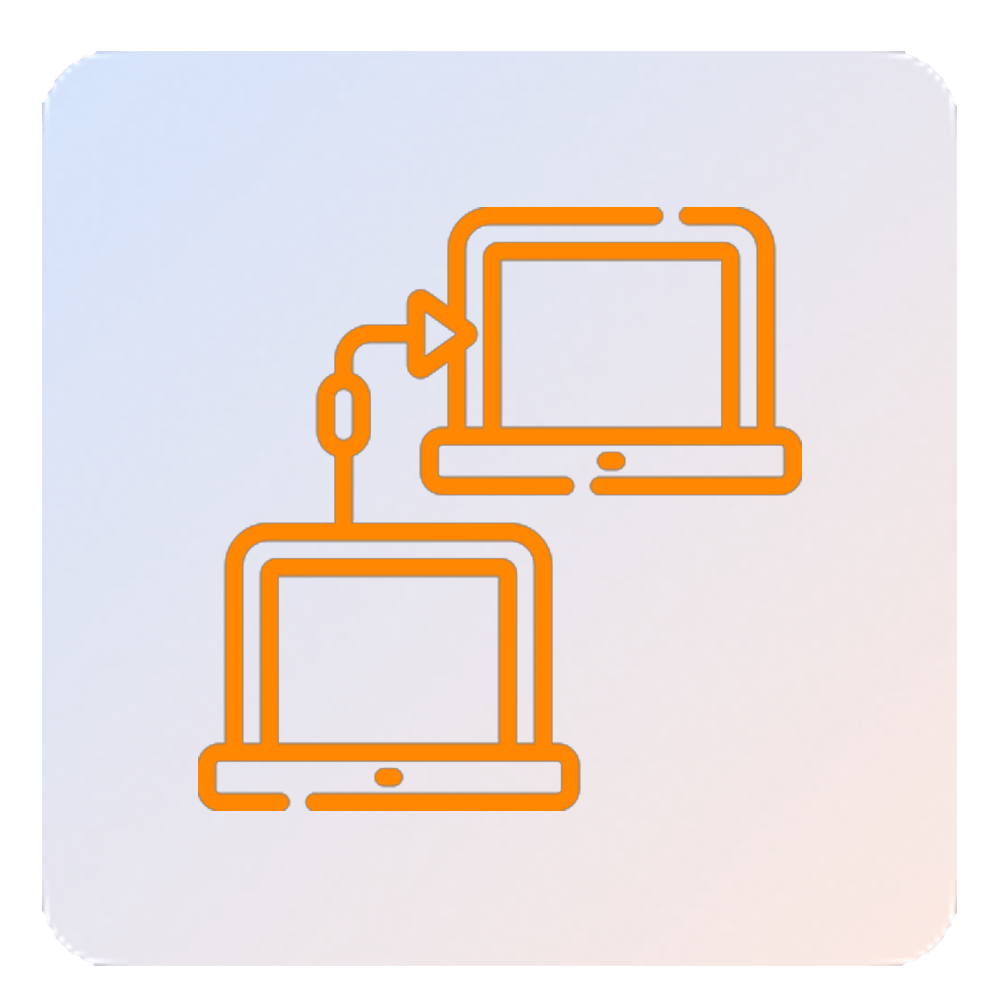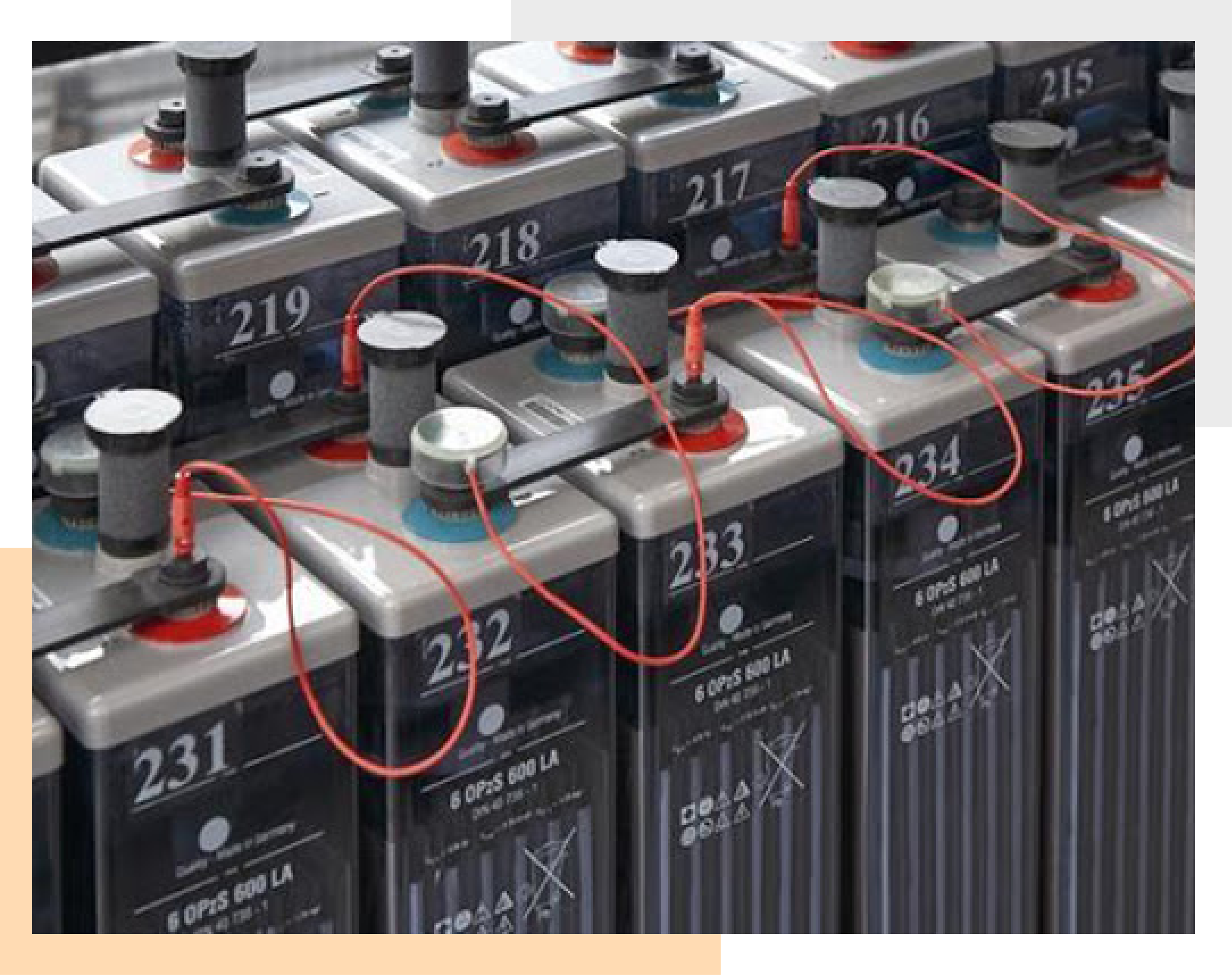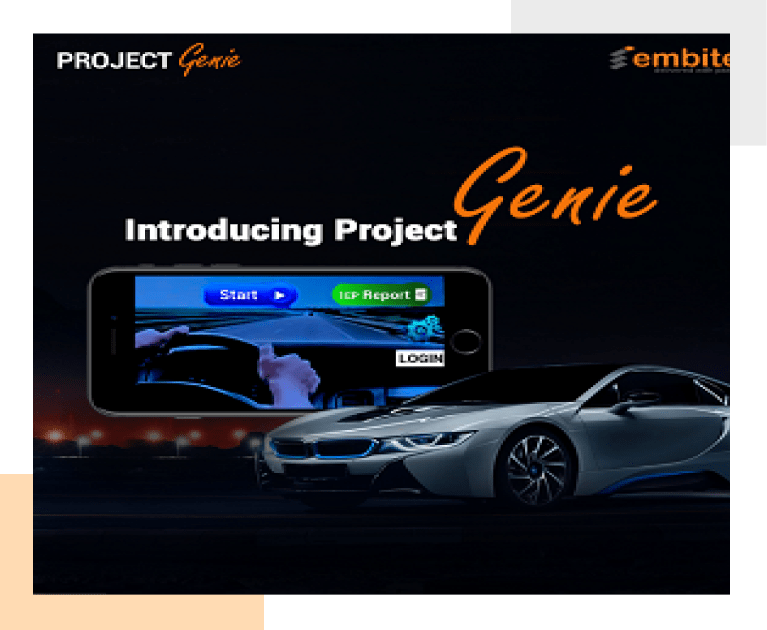We have a unique approach for developing Proof of Concept – PoC for Automotive and Industrial applications. This helps you get the MAXimum out of your IoT application development at MINimum costs and resources!
IoT PoC Development: Our ‘Secret Sauce'
Accelerate your IoT journey with our efficient PoC development approach that unlocks:

Cost Savings by 10-15%
- We choose and use the software & peripheral components in the PoC phase, which can be re-used during full-fledged implementation of the IoT project.
- This re-use of components will help you to save 10-15% of the overall development cost.

Proof of Value with Proof of Concept - PoC
- Demonstration of results, which is as close to the actual business objective, at a fraction of total development cost.
- PoC development cost would be around 10-15% of the overall development cost.
Our Proof of Concept - PoC Model
At Embitel, we engage with our customers under the following two engagement models:

Your legacy automation system is able to send out real-time factory data.
Implementation of an end-to-end Industrial IoT solution can boost the efficiency of the plant. In this case, to demonstrate the capabilities of an Industrial IoT solution, we design a PoC to fetch data efficiently, process it and deliver desired results.
The design of PoC begins with the planning of how an interface can be developed to connect with the legacy system. We also analyse how the data can be used to demonstrate our defined Proof of Concept – PoC goals.
The PoC goals are kept as close as possible to your final IoT business goals. The real-time factory data forms a crucial component for demonstrating the feasibility of your IoT project at the PoC stage.
Such an IoT PoC Development can be completed in about 4 weeks.
Model 2: Kick-starting Your IoT Journey:

Your existing/legacy Industrial Automation system does not have the capability to send out real-time data & needs the IoT based groundwork to be done from the scratch.
We step in to evaluate your existing industrial setup & then design an IoT based digital transformation roadmap, tailor-made for your business needs. This roadmap can be demonstrated by designing an IoT PoC solution.
We start by analysing your industrial set up. Then we design & develop the sensor network, IoT gateway and back-end cloud interfaces needed to communicate with the enterprise devices.
Once all the interfaces to enable device communication are built, we use the real-time factory data to demonstrate the required results.
Such an IoT enablement & PoC development project can be completed in approximately 12 weeks.
PoC Development Customer Success Stories
Leverage the Benefits of Proof of Concept - PoC Approach for IoT Implementation

Asses & review your IoT vendor selection before proceeding for a full-scale IoT implementation

Maximize the chances of successful implementation of your IoT project/ Reduce chances of design or development failure, early-on.

Maximize the chances of successful implementation of your IoT project/ Reduce chances of design or development failure, early-on.
Steps Involved in PoC Development
- Set the Objective and the results to be demonstrated at the end of the PoC (~70-80% of the final business goal).
-
Define the PoC Development Environment:
- Choose the PoC software and hardware modules – which might involve a combination of off-the-shelf and custom-made modules.
- Design & Develop the sensor and communication interfaces.
- Configure the cloud server.
- Develop mobile or web-based interface.
- Test and validate the PoC solution & modify the PoC design, if needed.
- Demonstrate the results using the PoC setup.
FAQs on our Magento Development Services
Ans. With a PoC development approach for IoT projects, your organization can leverage the following long-term benefits:
- Validation of your IoT design at the nascent stage: With the Proof of Concept PoC approach, you get to validate and identify the feasibility of your IoT project at 10-15% of the total development cost.
- Validation of design partner’s expertise: By the end of the PoC phase, you can assess if the IoT design partner has the expertise and ability to understand your business objectives clearly and act accordingly. The IP rights of the Proof of Concept PoC designs are always enjoyed by the customer. Hence you can approach another vendor with the PoC design, in case the need arises.
- Identification of the potential challenges: While working in IoT PoC development, one gets hands-on experience and understanding of some of the potential challenges and failures well before the onset of the actual development process. This provides a lot of scope to modify the original design accordingly and prevent expensive errors.
- Component Reusability & Cost Savings by 10-15%: At Embitel, while designing the IoT PoC, we choose and use the software & peripheral components that can be re-used during full-fledged implementation of the IoT project. This helps you in saving 10-15% of the overall development cost.
Ans. There is no precise metrics on how much of customized or off-the-shelf components one can use for Proof of Concept PoC development.
It purely depends upon your project requirement and PoC goals to be demonstrated.
But based on our experience, we have seen that 100% of the hardware components are off-the-shelf components.
Meanwhile, about 20-30% of the software modules are off-the-shelf.
Some of the off-the-shelf software modules include the standard device drivers s/w, multimedia software, and the GIS Software (Geographic Information System).
Ans. Once the PoC stage is completed successfully and the required results have been successfully demonstrated, we scale it up for full-scale IoT implementation.
In our PoC, we make it a point to use software and hardware components that can be reused during the full-scale implementation. In our experience of collaborating with various customers for IoT PoC development, the re-use of components helps in saving 10-15% of the overall development cost.
The journey ahead also becomes more predictable, since your in-house team would have now developed more trust and confidence in the capabilities of our IoT software and hardware development teams!
Ans. A Minimum Viable Product (MVP) is designed for Beta customer testing, with an objective to test the feasibility of the IoT project design.
The MVP design is meant for market release to the intended end-users, but by using minimum number of resources and with only mission-critical functionalities. The idea is to learn from the feedback of a sample target audience, validate, and scale-up!
For example, you want to check overall oil loss occurring in a fuel delivery system of your Petroleum plant, as part of an IoT solution.
In this case, a minimum viable product includes the minimum number of hardware & software components that can demonstrate the reduction of cost associated with oil spill.
We use the real-time data from the production environment and run it over the PoC setup, which consists of carefully designed hardware and software components.
The results to be demonstrated at the Proof of Concept PoC stage are as close to the final IoT implementation goals, a possible.
Ans. No. We charge a very nominal fee for our IoT PoC development services.
Proof of Concept – PoC development uses minimum resources that cost about 10-15% of the actual IoT development costs. And as already mentioned, most of the components in our PoC development are selected so that they can be reused.
Coming to the second part of the question, if the results are not in line with your expectations, our team will sync-up with you for root cause analysis and find alternative solutions. This also gives you a chance to identify any error in the objective or an error in the IoT design.
Ans. The IP rights of the PoC design are owned by our customers. Additionally, the assurance about the confidentiality of crucial information is taken care of, under the NDA agreement.
Ans
Our team developing PoC for IoT projects have the following
skillsets:
- Embedded Programming
- Board Support Package (BSP) design
- Network design & engineering expertise
- Firmware Engineering experience
- Hardware Engineering (PCB Design, Mobile app development)
- Expertise in Linux and Android (Non-Linux) programming
- Software skills (C#, .Net, Python)
- Expertise in EMI/EMC testing
- Android Application development skills
- Knowledge of standard Network protocols like: Ethernet, BLE, WiFi, Profinet, ModBus, etc.
The tools used in a Proof of Concept PoC can vary with the design complexity, & the goals to be demonstrated at the PoC stage.
Here is the basic list of our PoC development tools for various IoT projects:
- Allegro Toolkit (Allegro PCB platform, Allegro Design Authoring & more)
- CADENCE toolkit (for chip design, IC package design, PCB design etc.)
- Eclipse IDE
- Yocto Framework
- Python for Coding
- Debugging Tools
This is not a comprehensive list of tools used in Proof of Concept POC development. For more details about the tools and our PoC development activities, get in touch with our IoT leadership team.
Related Blogs: Learn More About Proof of Concept - PoC Development for IoT Projects
Embitel Expertise in PoC Development
- Hands-on experience in rapid development of Proof of Concept – PoC for a wide range of industries including renewable energy, manufacturing & more
-
Industry Recognition:
- CMMi dev 1.3v – Level III
- IEI Industry Excellence Award 2015 – Institution of Engineers (India)
- ISO 9001:2015 & ISO 27001:2013 certified Quality management Process
- A strong team that includes IoT veterans, product engineering experts, embedded engineers, testing engineers- who can together make your project design into a feasible solution.





